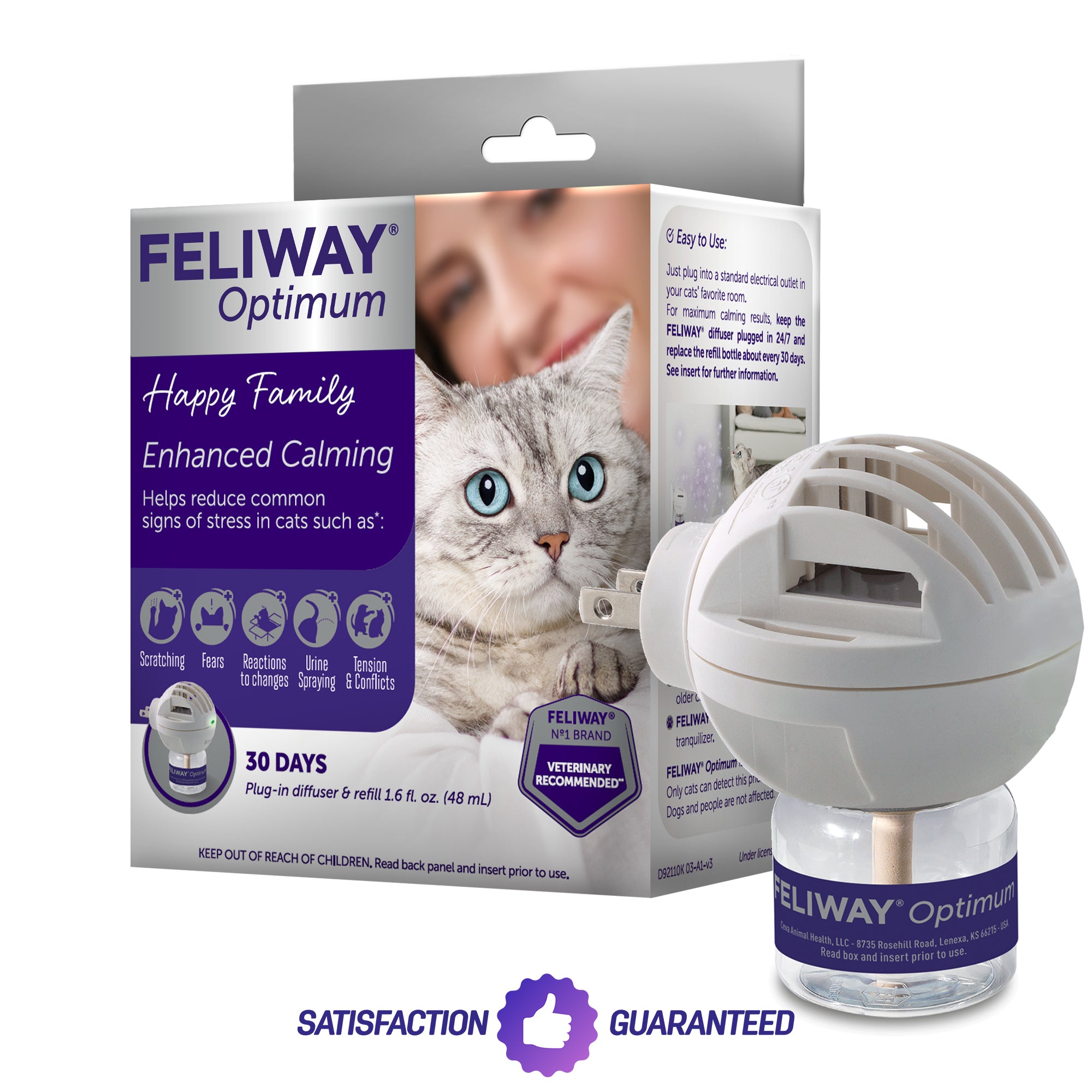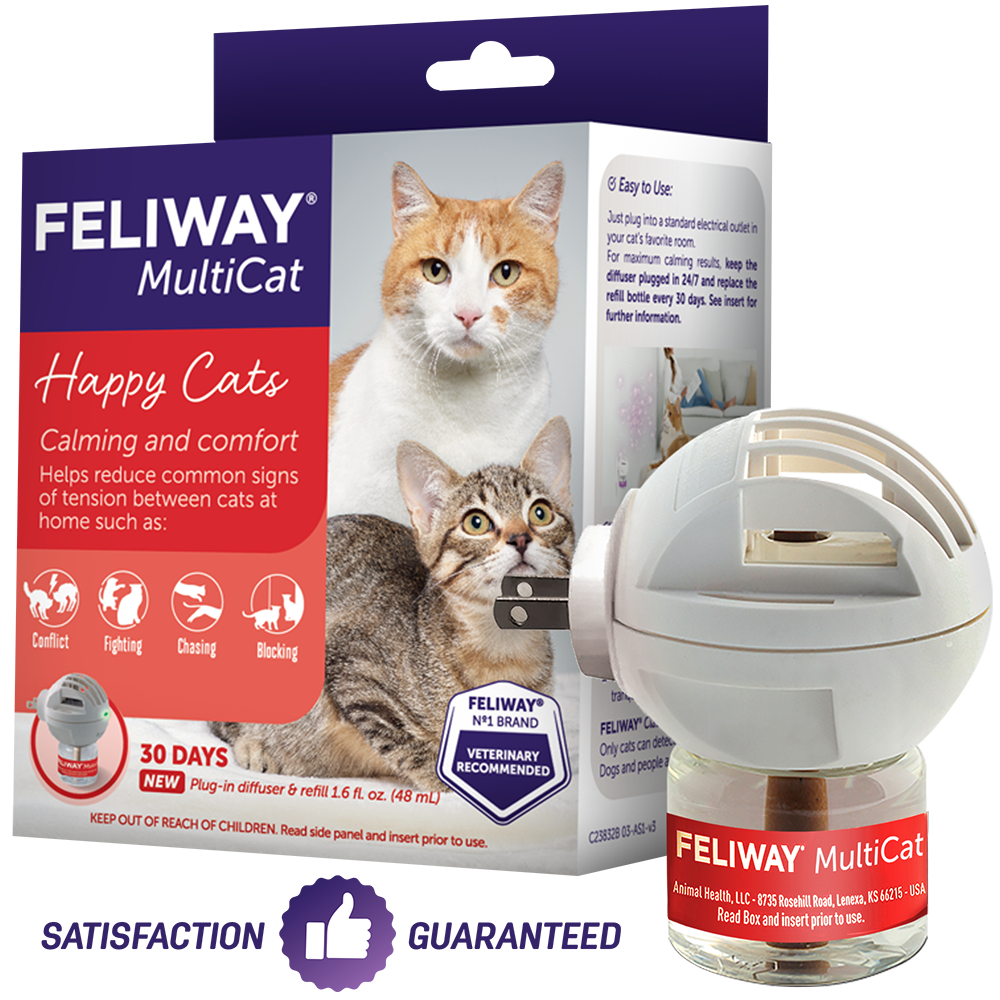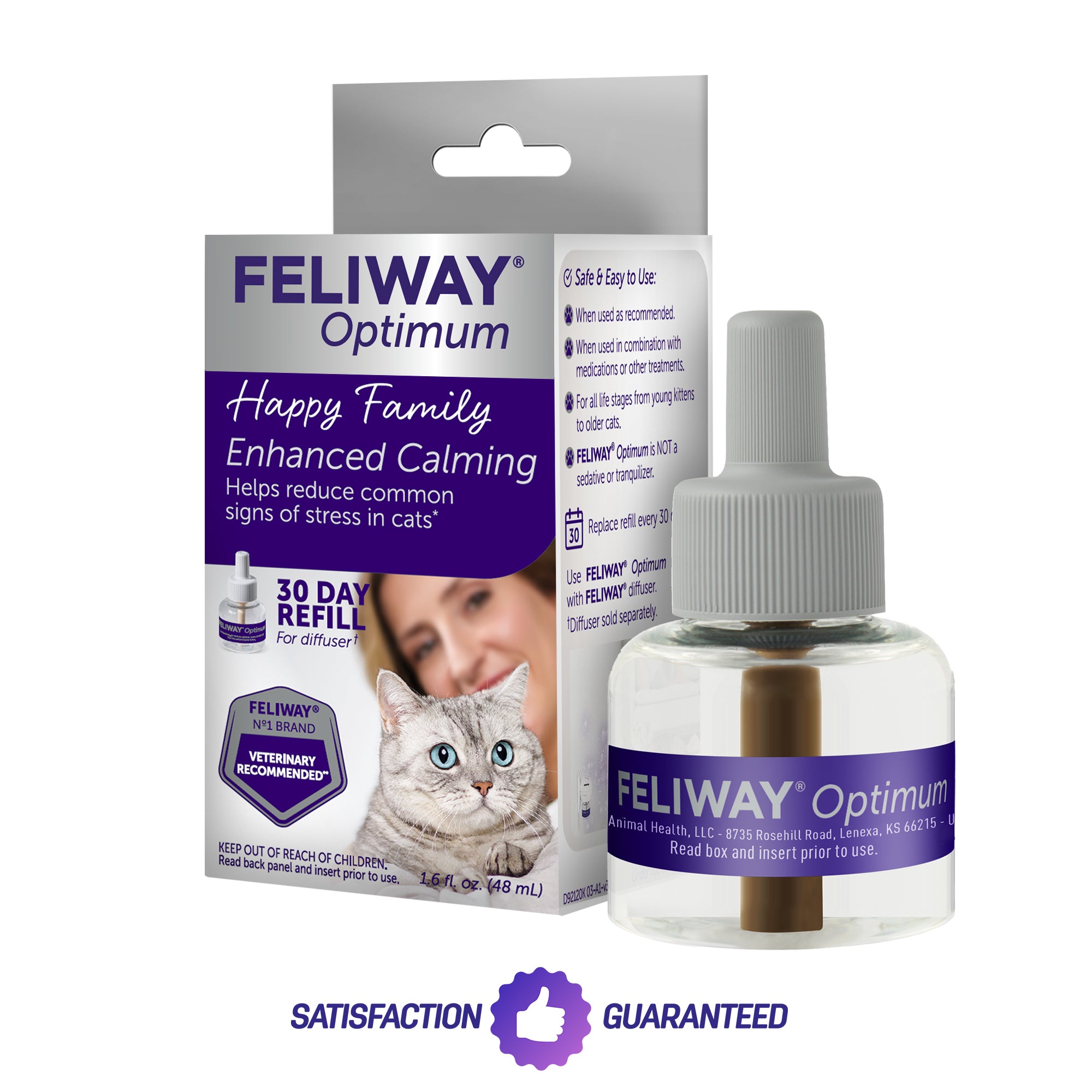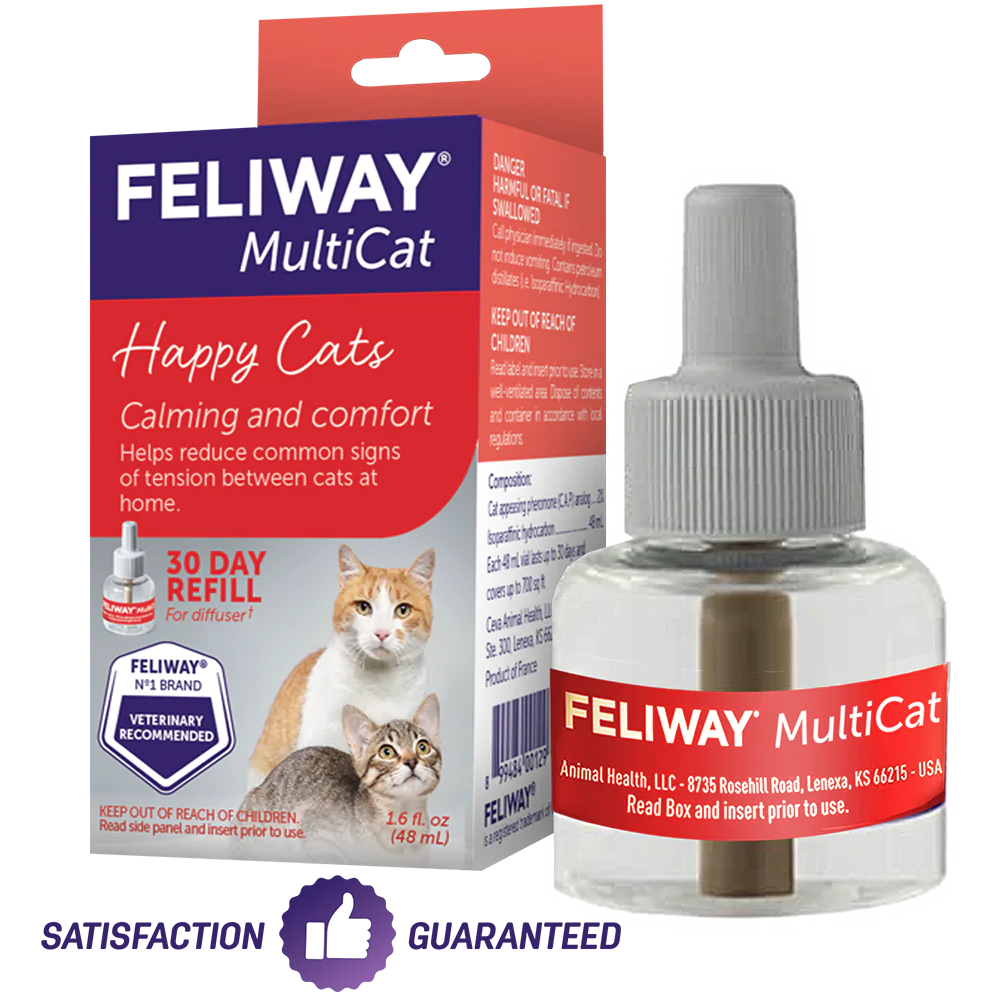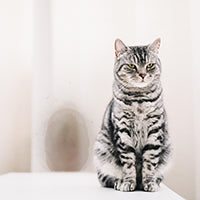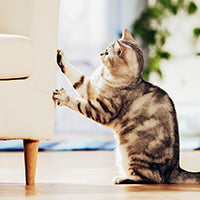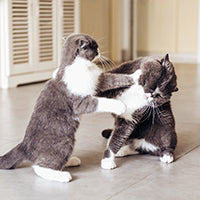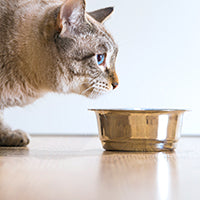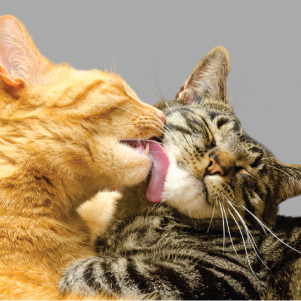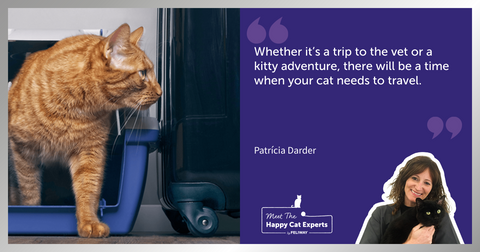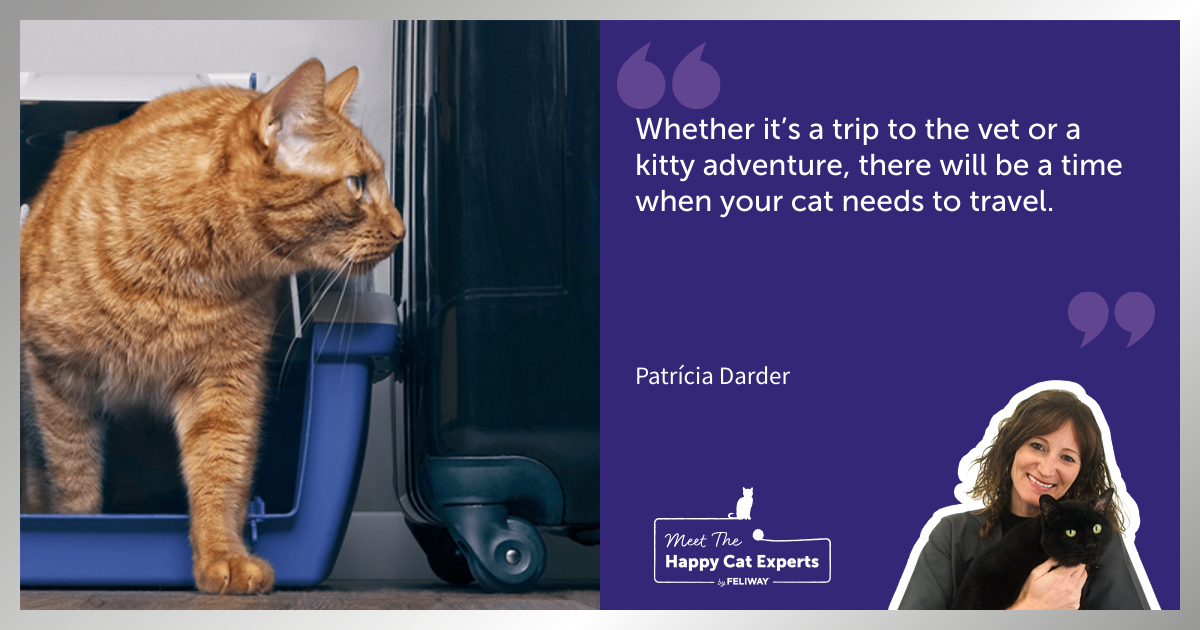
How to Stop Your Cat Getting Stressed When Travelling
Going on holiday or driving to the vet with your cat can either be an experience they cope with, or a real ordeal for them. It all depends on your journey preparation and which measures have been taken to minimize stress for your cat.
Cats are very territorial animals; they need stability, security, and a sense of control from their physical environment (as long as it is appropriate). This is why cats generally do not like to leave their territory, especially when they cannot control the conditions of travel or destination of the journey.
What can you do to prepare your cat for travelling happily?
The first step is to start getting your cat used to travelling as soon as possible. Their experience will differ from when they’re a kitten to when they’re an older cat with well-established routines and knowledge of their home territory. Early positive experiences favor habituation to different environments and situations, so it is generally easier to start sooner.
With your younger cat, make journeys of progressive duration and intensity (in terms of movement and speed), to encourage natural habituation to being in the car, as well as to its noise and movement.
Provide maximum stability, calm and comfort for your cat during each journey. To do this
- ensure the carrier is properly secured so it does not move during the journey
- avoid talking in a loud voice or playing the radio at a high volume
- control the temperature so your cat does not overheat or get too cold
- cover the carrier with a towel or piece of clothing as this may help your cat relax more easily.

Get your cat used to being in the carrier by associating it with familiar and pleasant experiences. This training is crucial and should not be rushed. Start by leaving the carrier out in your home, and encourage your cat with verbal reinforcement, toys or treats until they are happy to investigate and get into the carrier.
How do I get my cat used to staying in the carrier?
Give your cat time!
For some cats it will be easier, while for others it will be more complicated. By giving your cat time and acting appropriately, the carrier can eventually become a safe haven during challenging situations, such as car journeys or a visit to the vet.
Consider the carrier
There are many types of cat carriers on the market. One of the most useful types is one that can have the top lifted off, with a front door. These carriers are usually made of rigid material, which provides greater stability and protection for the cat inside than those made from fabric or soft materials.
Introduce them, slowly
Once purchased, introduce your cat to the new carrier by leaving it in a central area of their territory, so they can clearly see and access it. Reward your cat’s first approaches with words of praise or a stroke, and leave treats in the area around the carrier to encourage them to investigate. Another way to help your cat to get used to this new object, is to spray the carrier with FELIWAY Classic Spray about 15 minutes before introducing it to your cat.

Encourage everyday use
To make it easier for your cat to get inside, remove the door and leave the opening completely unobstructed. Place a comfortable bed or familiar material inside (for example, a cushion that your cat already sleeps on) to encourage them to use the space as a resting and relaxation area.
Encourage them!
For cats that find it worrying to enter during the first few days, try removing the roof section, leaving only the base with their bed. Place treats or your cat’s favorite food on the bed to encourage them.
An alternative to food is to introduce toys, thus encouraging exploration of the space and teaching your cat that entering the space will give them rewards. Once your cat is happy to enter the carrier or use it for resting, add the carrier top again and continue to encourage your cat to use this space.
Make changes slowly
When your cat is fully accustomed to entering and using the carrier with the roof, replace the door, and start closing it for short periods of time when your cat is inside – this time can be increased if they are able to stay inside quietly with the door closed. Each time the door is opened, your cat should be praised, stroked or rewarded with food or a toy.

When they are ready - try movement
Once they are comfortable staying in the carrier for a while with the door closed, it is time to lift it off the ground and get your cat used to the movement of travelling. For example, walk to another room and open the door to allow your cat out. Remember to always praise and reward your cat when they can calmly accept each step of the training process.
The last step is to get your cat accustomed to spending short periods of time in the carrier while inside the car. Initially with the car stationary, then with the engine running, and finally while moving.
What other measures can I take to reduce the stress of the journey?
FELIWAY Classic Spray can be applied directly to your car, as well as inside the carrier. Sometimes it is necessary to help your cat cope with travel-related stress by using nutraceuticals or medicines that have an anxiolytic effect. Your vet will be able to advise you on the use of these substances and prescribe the most appropriate product if necessary.

